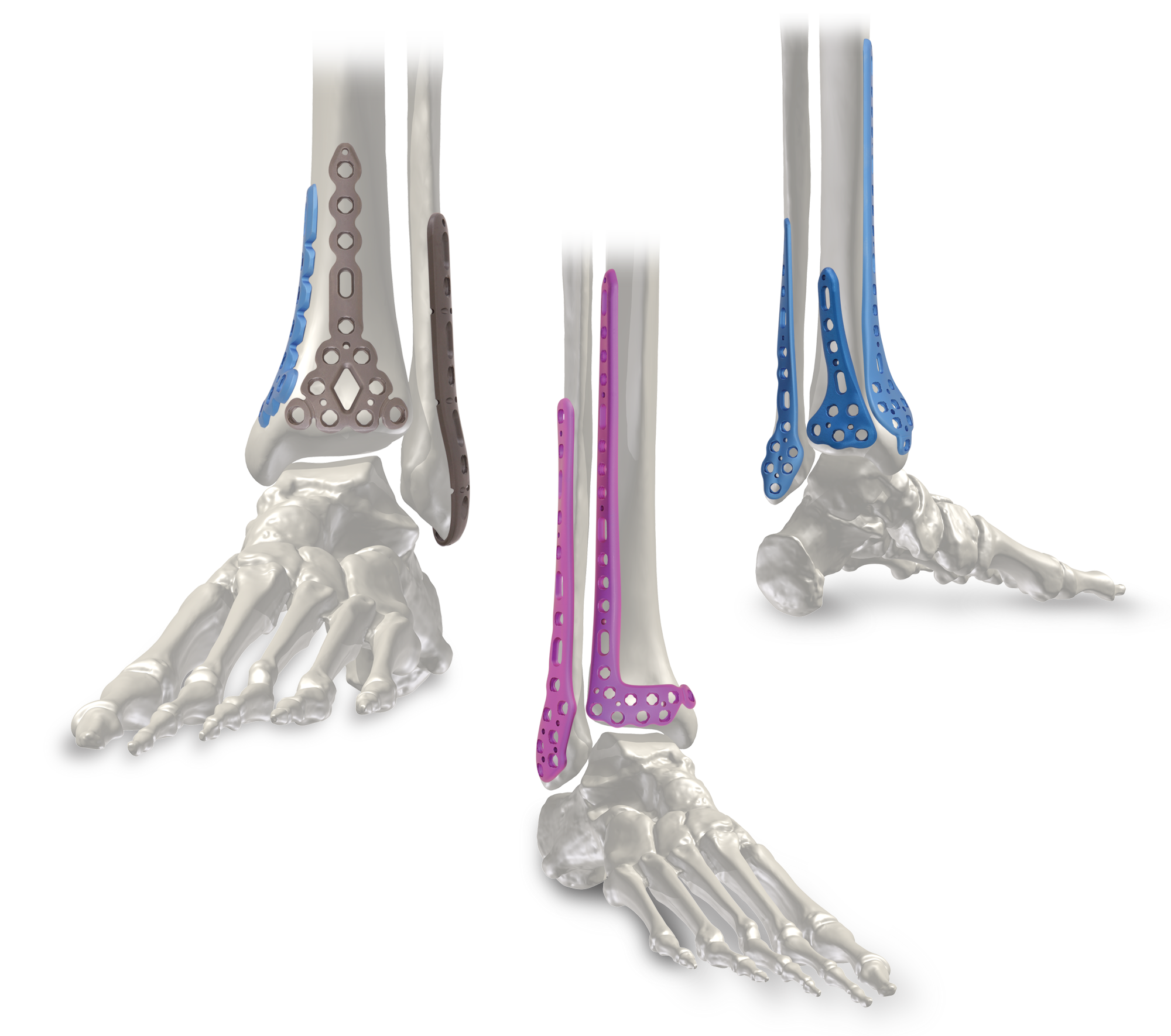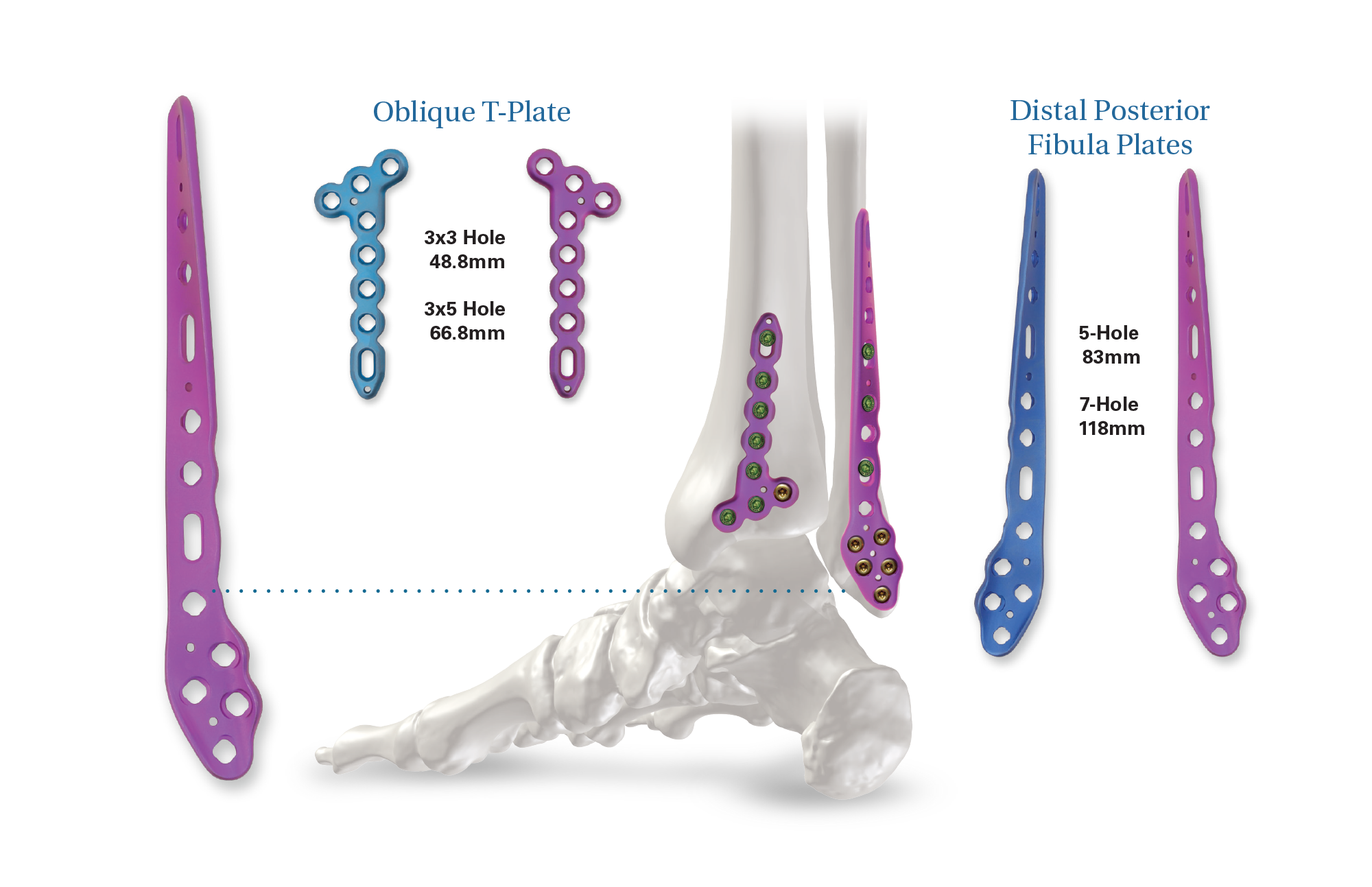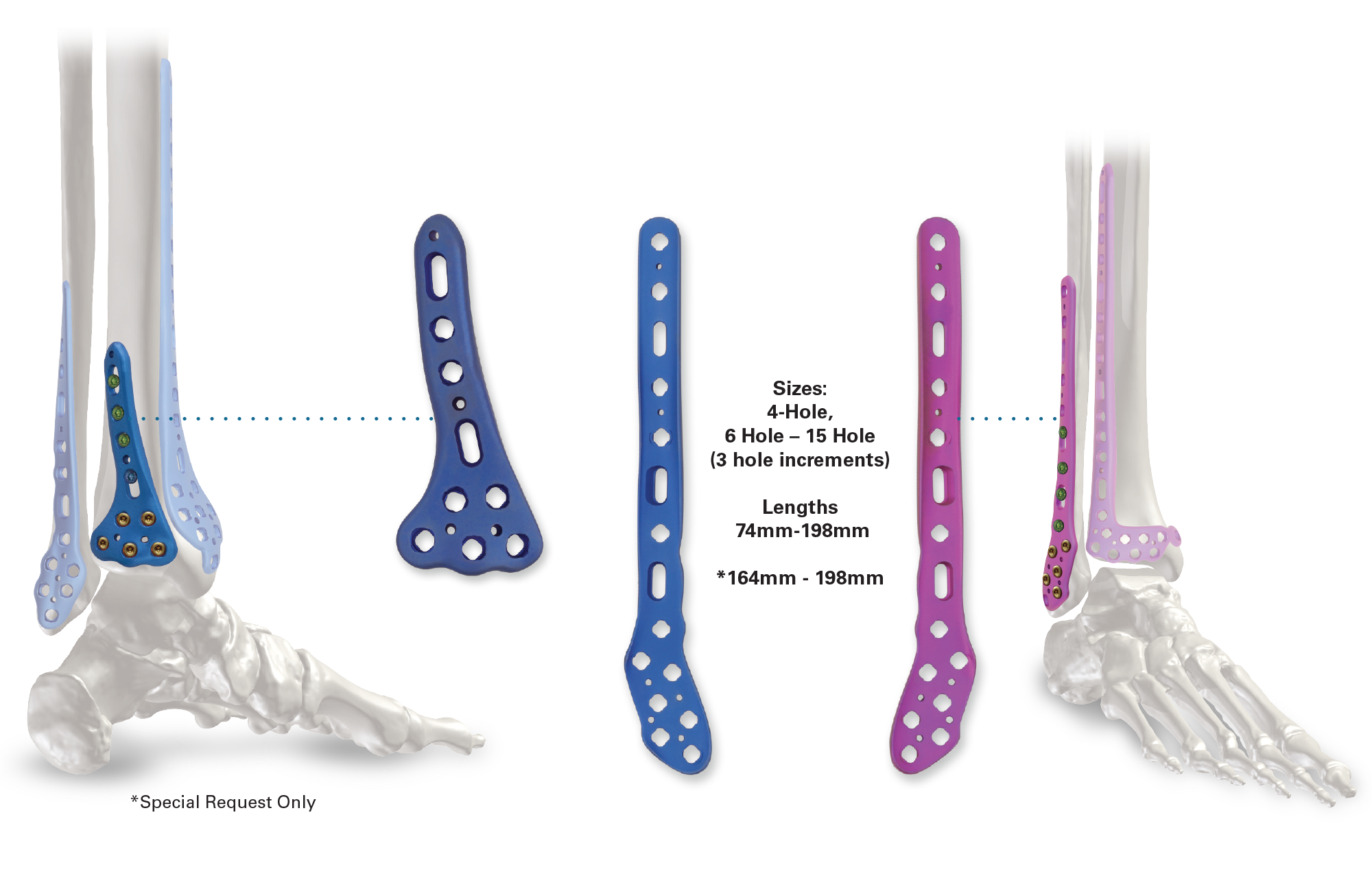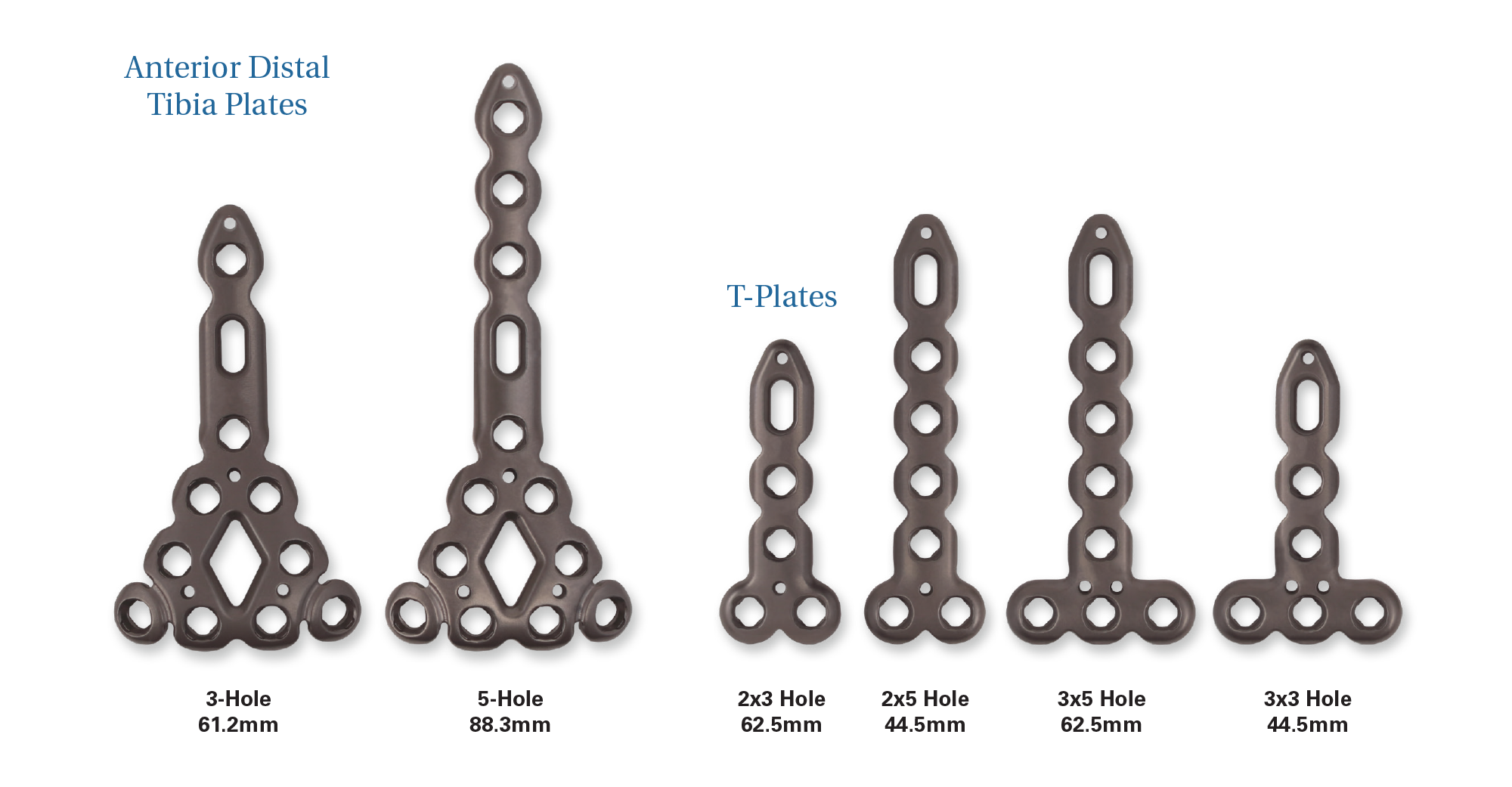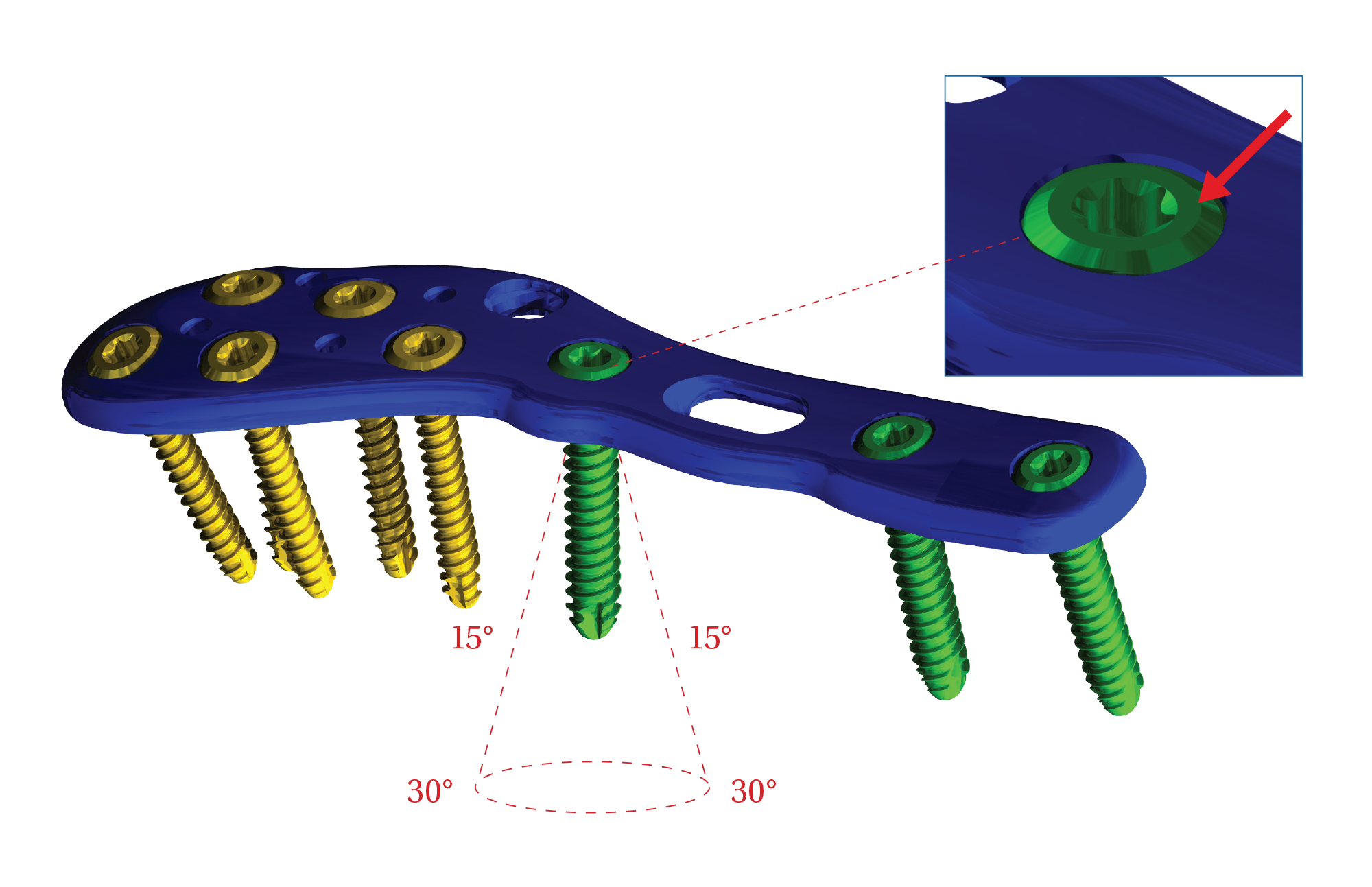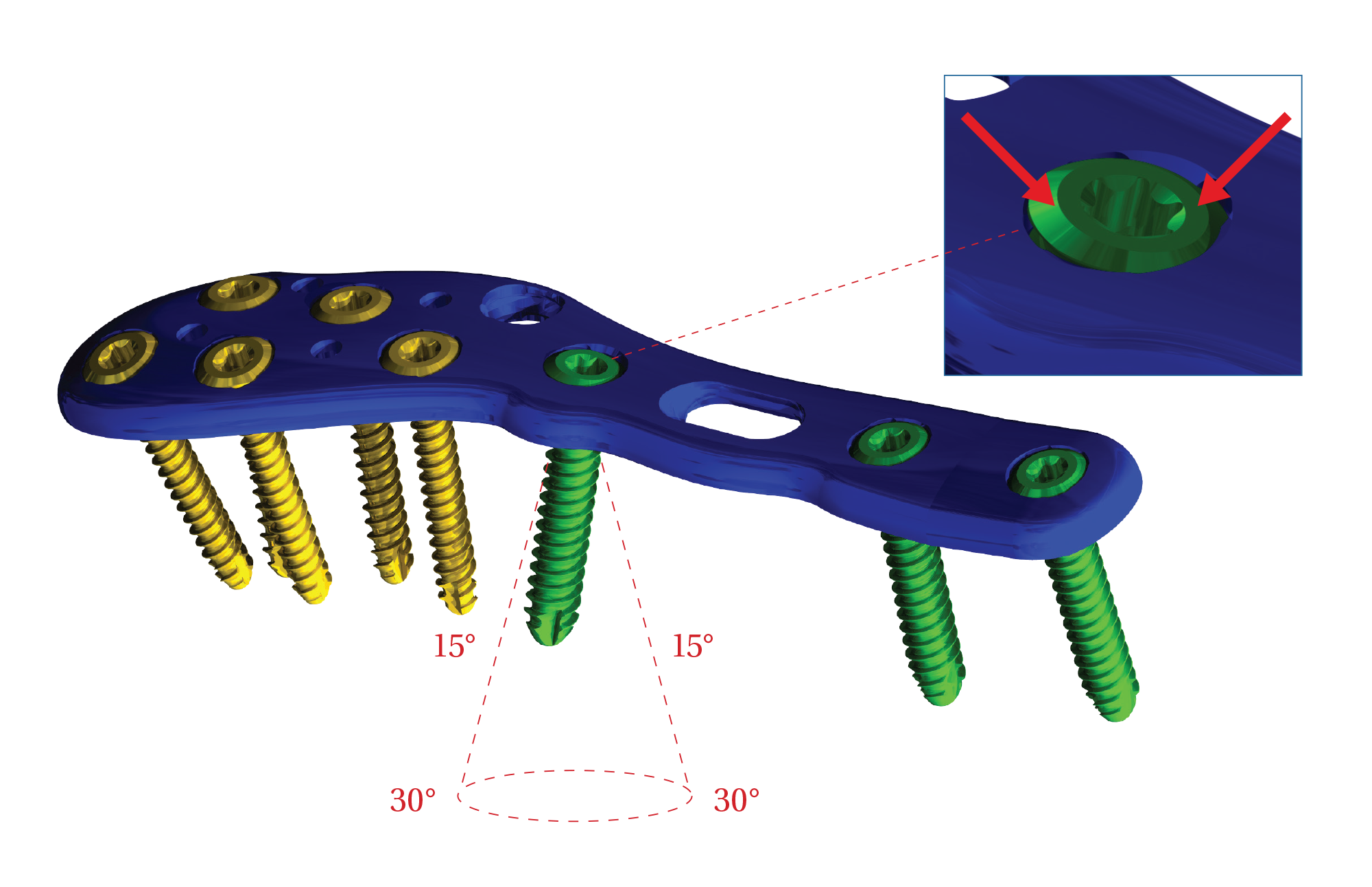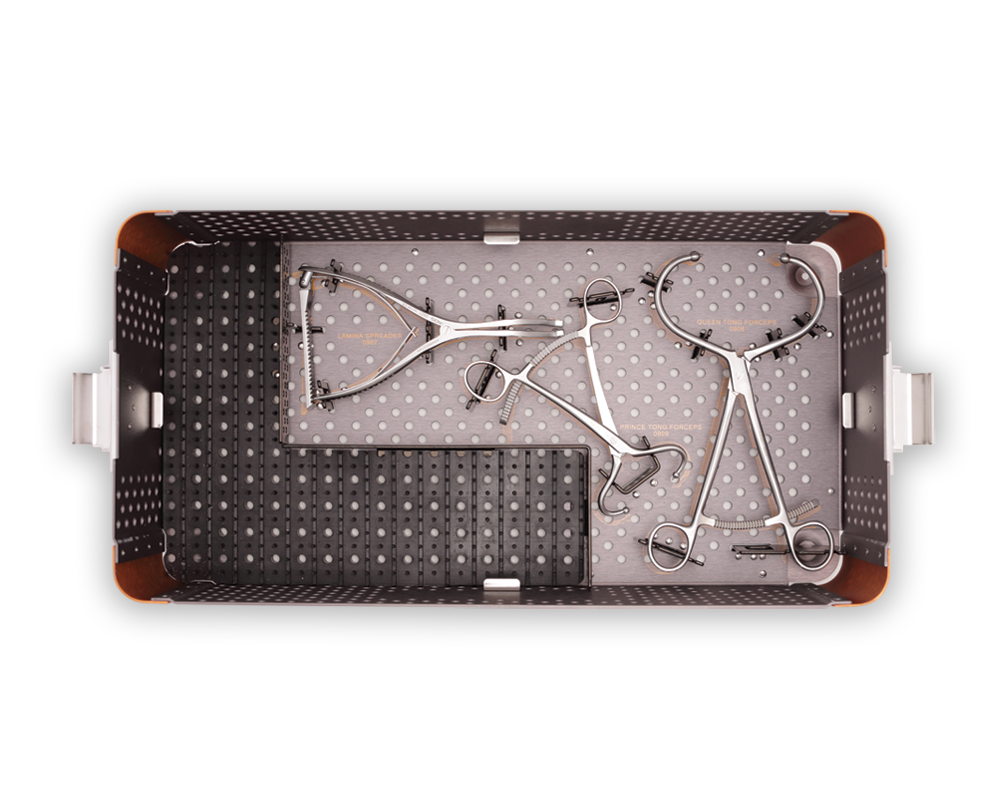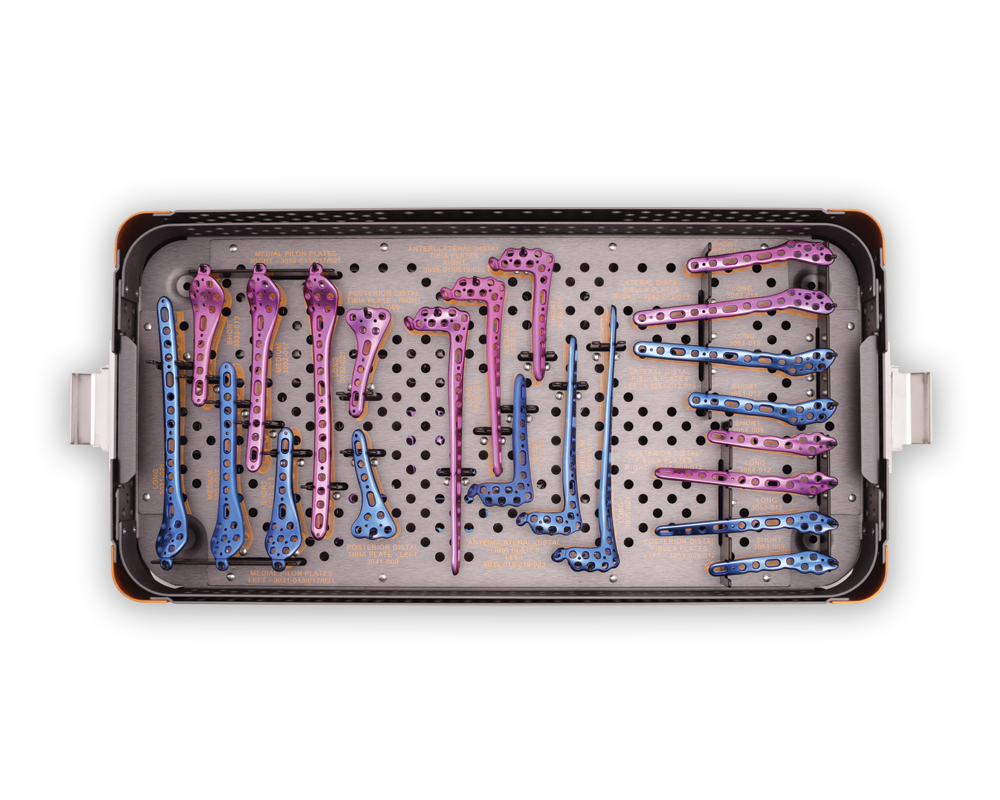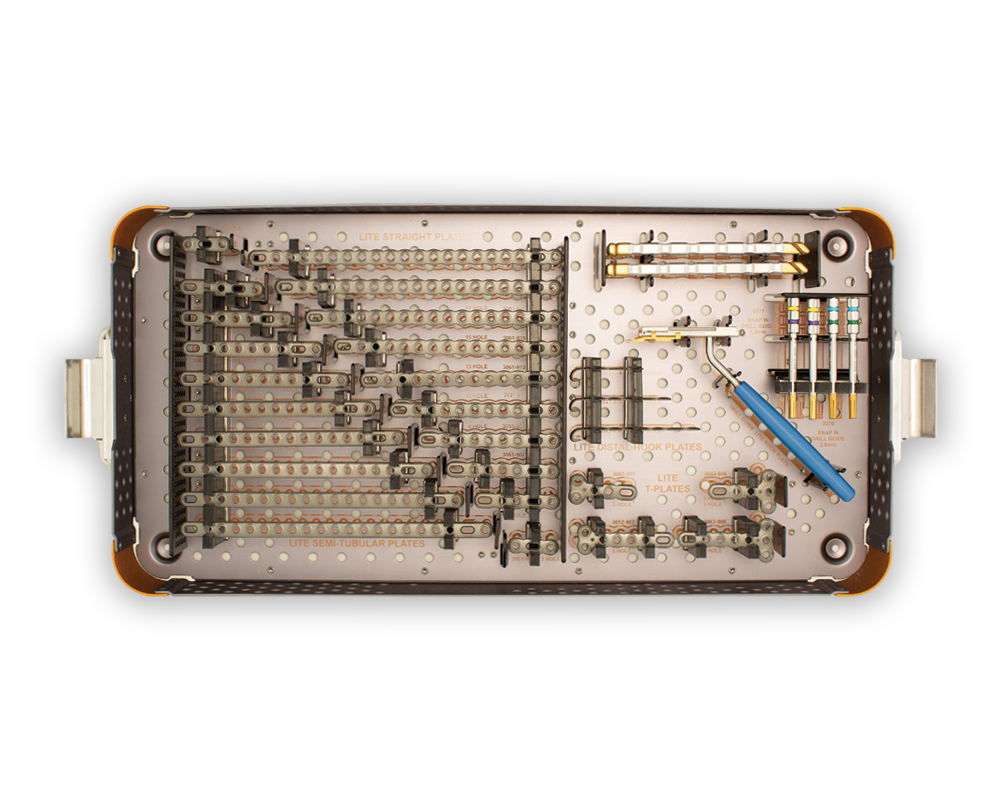Fibonacci Lower Extremity Plating System
Leonard of Pisa, better known as Fibonacci, made revolutionary contributions to the mathematical world in the 13th century. The patterns that emerge from Fibonacci’s sequence also impact all of nature and the biophysical world, especially the orthopedic trauma industry.
The Fibonacci Sequence also known as the Golden Ratio or natural equation was discovered by Fibonacci to explain curvatures and patterns occurring in nature. These same Golden Ratio is present in the bony anatomy of the human body and is always the same. AOS applied Fibonacci’s equation in the design of the pre-contoured plates of the Fibonacci Ankle Plating System resulting in greater anatomical accuracy and superior fit.
The AOS Fibonacci Lower Extremity System is a small fragment plating system intended to be used for fixation of fractures, osteotomies, and non-unions of the clavicle, scapula, olecranon, humerus, radius, ulna, pelvis, distal tibia, fibula, including osteopenic bone insertion easier.
Specialty Plates
Universal Plates
Unique Hook Plate Design aids in Fracture Reduction and Compression
Drill guide to facilitate pre drilling for distal spikes allowing for the plate to be slipped into position rather than impacted. Suture holes in the plate allow for an easy and reproducible tension band technique to compress fractures.
Variable Angle Locking Technology:
Locking holes in each plate accommodate variable angle locking in a 30° cone utilizing 2.7mm and 3.5mm variable angle locking scews.
Straight
Angled
Variable Angles
FEATURES & BENEFITS
Comprehensive System to address a broad range of Fractures: 52 pre-contoured and small fragment plates (Click here) giving surgeons quick access to a broad range of plating options.
Variable Angle Locking Technology: Locking holes in each plate accommodate variable angle locking in a 30 degree cone utilizing 2.7mm and 3.5mm variable angle locking screws.
Screw Options to capture every fragment: with an extensive screw selection the Fibonacci system is setup to help fix the most difficult of fractures.
2.4mm, 2.7mm ,3.5mm and 4.0mm non locking options.
2.7mm and 3.5mm variable angle locking options.
3.5mm cannulated headless compression.
4.0mm solid and cannulated screw available in two thread lengths: 50% thread, 25% thread.
Proprietary Instrumentation
Elevator suture passer to aid in precise percutaneous plate placement.
Unique bending instrumentation to aid in the multi-planer contouring of the Fibonacci plating.
Comprehensive instrumentation provides access to less commonly supplied instruments.
Helpful in outpatient surgery centers settings and busy ORs.
Posterior Antiglide Technique: Plate anatomically contoured to fit the posterior distal tibia to facilitate the tibial posterior antiglide technique.
Unique Hook Plate Design aids in Fracture Reduction and Compression.
Drill guide to facilitate pre drilling for distal spikes allowing for the plate to be slipped into position rather than impacted.
Suture holes in the plate allow for an easy and reproducible tension band technique to compress fractures.
Syndesmosis Fixation:
Syndesmosis slots – anatomically oriented 30 degrees anteriorly for optimal screw placement (lateral fibular plate).
Strategically placed cutouts for syndesmotic screw placement (posterior fibular plate).
Medial Malleolus Fixation – multiple options, one system: fix with cancellous lag screws or headless compression screws, tension band wiring, antiglide plate, and combination of varying other plates.
Superior Materials: stronger constructs and better support through superior materials.
Ti-6Al-4V – provides a superior level of biocompatibility and corrosion resistance while providing an extremely strong material with a low modulus of elasticity.
Type II titanium anodize surface treatment – increases wear resistance and fatigue strength while decreasing frictional characteristics.

